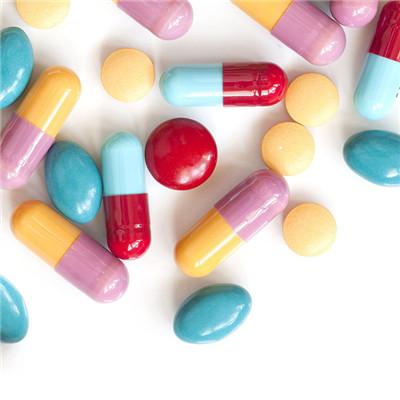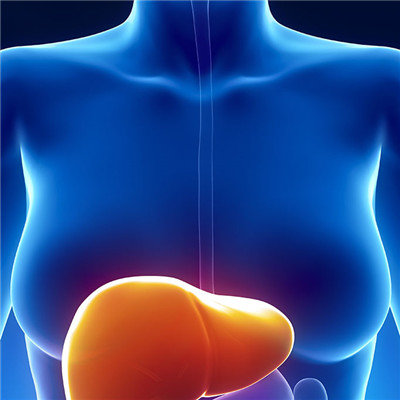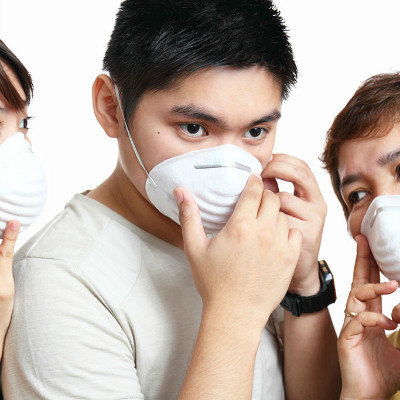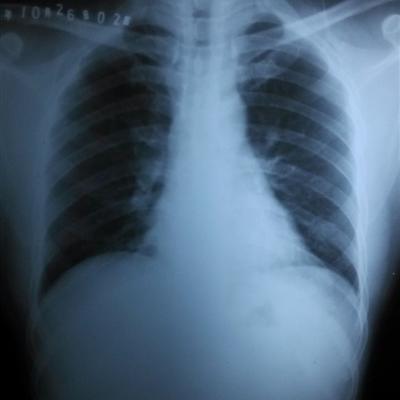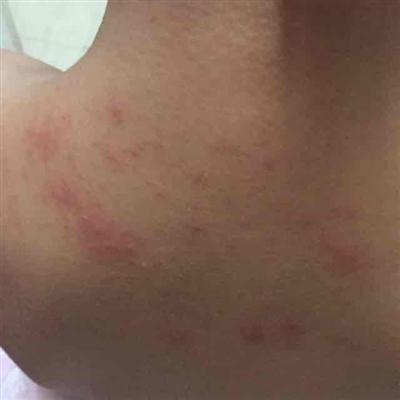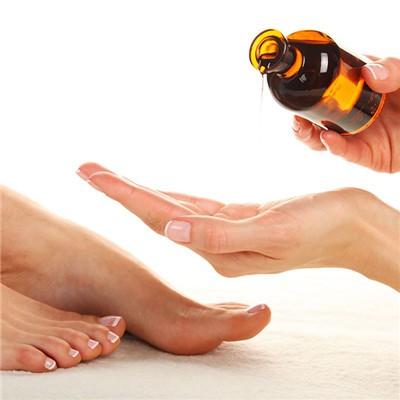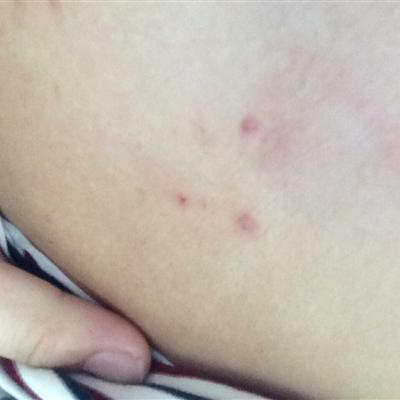Symptoms of gonorrhea in children
summary
With the spread of sexually transmitted diseases, there is an increasing trend of sexually transmitted diseases in infants, among which gonorrhea is more common. Gonococcal infection can cause a variety of diseases in infants, such as neonatal gonococcal ophthalmitis, neonatal gonococcal arthritis, children's gonococcal genitourinary tract inflammation and so on. If parents can't identify and diagnose early, it may lead to disability or even premature death. Let's talk about the symptoms of gonorrhea in children.
Symptoms of gonorrhea in children
Neonatal gonococcal ophthalmia gonorrhea epidemic countries, there are many blind people infected with gonococcus at birth, which is related to their mother's ignorance. If the mother has gonococcus, she can pass the potential killer of gonococcus to her beloved baby quietly during childbirth, causing gonococcus ophthalmitis. If it is not treated in time, it can cause blindness of the baby. This gonococcal ophthalmia has its own characteristics. It generally occurs in 2-5 days after birth, manifested as acute purulent conjunctivitis symptoms: Baby eyelids serious edema, red, a large number of pus outflow, commonly known as "pyorrhea eye". If it is regarded as a general "red eye" and treatment is delayed, the killer can quickly invade the cornea, that is, "black eye", causing keratitis, further corneal ulcer, leading to permanent corneal cloudiness, even corneal perforation, and a few can cause whole eye inflammation and eye drop. All of these can cause blindness. It's chilling to hear that. Gonococcal ophthalmia can not only lead to blindness, but also is a sign of systemic gonorrhea. About 35% of gonococcal ophthalmitis children, pharynx has been gonococcal killer invasion, causing inflammation. A few still can appear gonococcal meningitis and arthritis.

Neonatal gonococcal arthritis is one of the most common symptoms of gonococcal septicemia. It usually occurs in 1-4 weeks after birth and can involve multiple joints. At the beginning, the affected limb could not move, but when it moved passively, it caused crying. Check visible joint ankylosis, doctors do joint fluid delivery, gonorrhea can be found. Most of the involved joints are large joints, such as knee, elbow, ankle, wrist, shoulder, hip and so on. If not treated in time, the femoral head can form necrosis, leading to lifelong claudication.
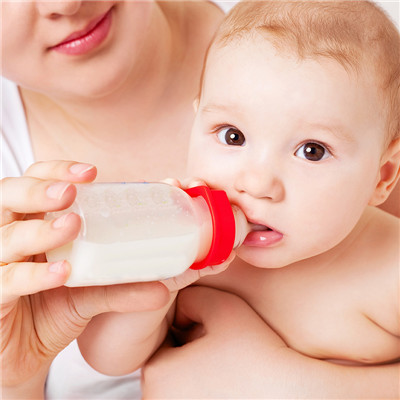
Gonococcal genitourinary tract inflammation in children gonococcal vaginitis is a common gonorrhea in children. It is characterized by redness and swelling of vagina, urethra and perineum, erosion, ulcer and pain. There is green purulent belt flowing out of vagina with dysuria. Sometimes there is gonococcal inflammation in anus and rectum, which is characterized by rash and heavy stool with pus and blood. The infection is mainly caused by close contact with gonorrhea parents and caregivers, or by sitting in a public spittoon and touching the pudenda with dirty hands. If gonococcal vaginitis is not treated in time, gonococcal killers can go up along the vagina and uterine cavity, causing salpingitis and pelvic inflammatory disease, which can leave sequelae. When children grow up and get married, they can cause ectopic pregnancy or infertility. Once suffering from pelvic inflammatory disease, there is fever, with small abdominal pain, headache, systemic discomfort. The doctor does the gynaecological examination for her, may touch the thickening fallopian tube, has the tenderness, the lower abdomen both sides has the tenderness and the rebound pain. Blood tests show that the bodyguard - a large number of white blood cells increased, ESR accelerated, showing acute pelvic inflammation.

matters needing attention
(1) Regular treatment as soon as possible: once diagnosed, regular treatment should be given in time, so as not to delay the disease; (2) rational choice of drugs: according to the sensitivity and drug resistance of gonococcus, the price of drugs, the convenience of use, the side effects of drugs and the patient's condition, the appropriate drugs should be selected; (3) careful treatment of complications: for patients with complications, the treatment dose should be sufficient, the course of treatment should be long enough, and combined drug treatment should be required to achieve the purpose of cure; (4) treatment of complications at the same time: for those with complications, both gonorrhea and other venereal diseases should be treated, so as to avoid paying attention to one and losing the other;





